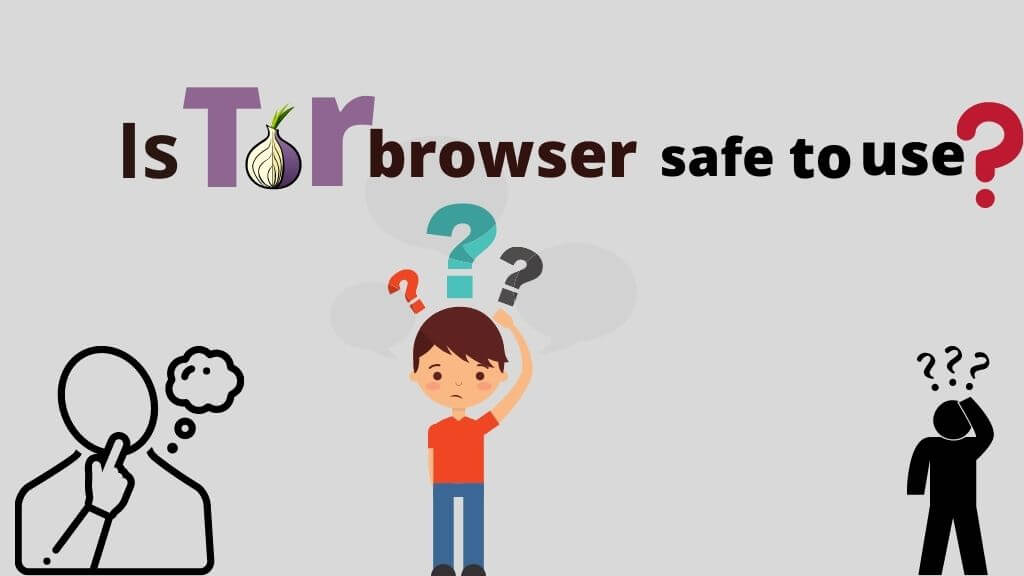


Tor’s exit node can see your activity but not your IP address. Tor’s guard node can see your public IP address but not your activity. While your browsing data is anonymous, it is not private.This hides your IP address from the websites you visit and prevents your ISP (Internet Service Provider) from monitoring your activity. Tor routes your web traffic through a network of randomized servers and protects it with three layers of encryption.Now you can run tor as src/app/tor (0.4.3.x and later), or you can run make install (as root if necessary) to install it into /usr/local/, and then you can start it just by running tor. If you're building from source, first install libevent, and make sure you have openssl and zlib (including the -devel packages if applicable). The latest release of Tor can be found on the download page. Download latest release and dependencies.Name=Tor for Fedora $releasever - $basearch That means you could be missing stability and security fixes.Įnable the Torproject package repository by following the instructions.Īdd the following to /etc//tor.repo and then install the tor package. In the past they have not reliably been updated.

If you are using Macports in a Terminal window, run: $ sudo port install torĭo not use the packages in Ubuntu's universe. If you are using Homebrew in a Terminal window, run: # brew install tor To install Macports follow the instructions on /install.php. To install Homebrew follow the instructions on brew.sh. You can use the package manager of your choice. There are two package manager on OS X: Homebrew and Macports. Note that sudo asks for your user password, while su expects the root password of your system. To open a root terminal you have several options: sudo su, or sudo -i, or su -i. Admin access: To install Tor you need root privileges.īelow all commands that need to be run as root user like apt and dpkg are prepended with '#', while commands to be run as user with '$' resembling the standard prompt in a terminal.


 0 kommentar(er)
0 kommentar(er)
